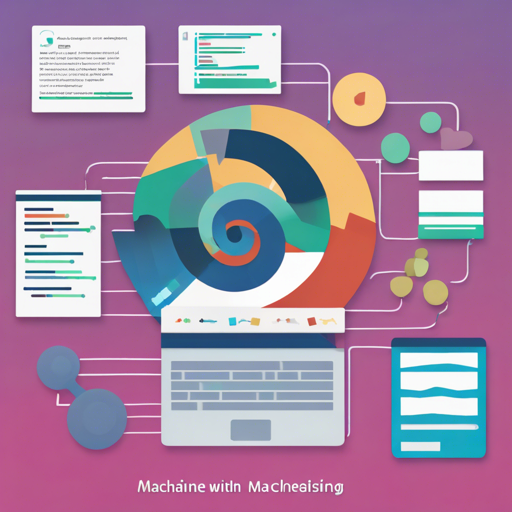If you’re looking to dive into the world of machine learning, Sklearn (or scikit-learn) is a fantastic library in Python that offers simple and efficient tools for various predictive data analytics. This guide will walk you through the essentials of using Sklearn, starting from the basics and leading up to more advanced concepts. Along the way, we’ll troubleshoot common issues that may arise. Ready to embark on this data journey? Let’s go!
1. Setting Up Your Environment
Before you can start utilizing Sklearn, you’ll need to set up your coding environment. Here’s a quick checklist:
- Make sure you have Python installed. Version 3.6 or higher is recommended.
- Install the necessary libraries, including Numpy, Pandas, and Matplotlib.
- If using Jupyter Notebook, you can set it up via Nbviewer for an easy visual interface.
2. Understanding the Basic Elements of Sklearn
Once your environment is set, you can start examining the core components of Sklearn. Think of Sklearn as a toolbox, with each tool representing a different machine learning algorithm or function. Here’s how you can visualize it:
- Tools: Each algorithm, like linear regression or random forests, is like a specialized tool in your toolbox.
- Instructions: To use these algorithms, you follow structured procedures, just like following a manual to use a drill or a hammer.
- Materials: The datasets you work with act as the materials you’ll mold into a finished product.
Each time you want to accomplish a different task in machine learning, you simply select a different tool and follow the appropriate steps to apply it effectively.
3. Running Your First Model
To create your first model, you can follow this straightforward example:
from sklearn.datasets import load_iris
from sklearn.model_selection import train_test_split
from sklearn.linear_model import LogisticRegression
# Load dataset
iris = load_iris()
X, y = iris.data, iris.target
# Split the dataset into training and testing sets
X_train, X_test, y_train, y_test = train_test_split(X, y, test_size=0.2, random_state=42)
# Create a Logistic Regression model
model = LogisticRegression(solver='liblinear')
# Fit the model
model.fit(X_train, y_train)
# Make predictions
predictions = model.predict(X_test)
print(predictions)In this analogy, loading the dataset is like opening your toolbox to find what you need. Each step after that is about taking out the right tool, preparing your work area, and using the tool to create something valuable.
4. Troubleshooting Common Issues
Like any new endeavor, you may encounter some bumps along the way. Here are a few common issues and how to solve them:
- Import Errors: If you receive an error indicating a module is missing, ensure all necessary libraries are installed using pip.
- Data Format Issues: Always check the format of your input data. Make sure it is numeric and properly structured.
- Model Performance Issues: If your model isn’t performing well, consider tuning hyperparameters or exploring different algorithms.
For more insights, updates, or to collaborate on AI development projects, stay connected with fxis.ai.
5. Exploring Advanced Topics
Once you’re comfortable with the basics, you may want to dive into more advanced topics, such as:
- Clustering with KMeans
- Feature extraction and data preprocessing techniques.
- Model evaluation and selecting optimal hyperparameters.
Every step in your learning journey will expand your skillset and understanding of machine learning.
Conclusion
At fxis.ai, we believe that such advancements are crucial for the future of AI, as they enable more comprehensive and effective solutions. Our team is continually exploring new methodologies to push the envelope in artificial intelligence, ensuring that our clients benefit from the latest technological innovations.

